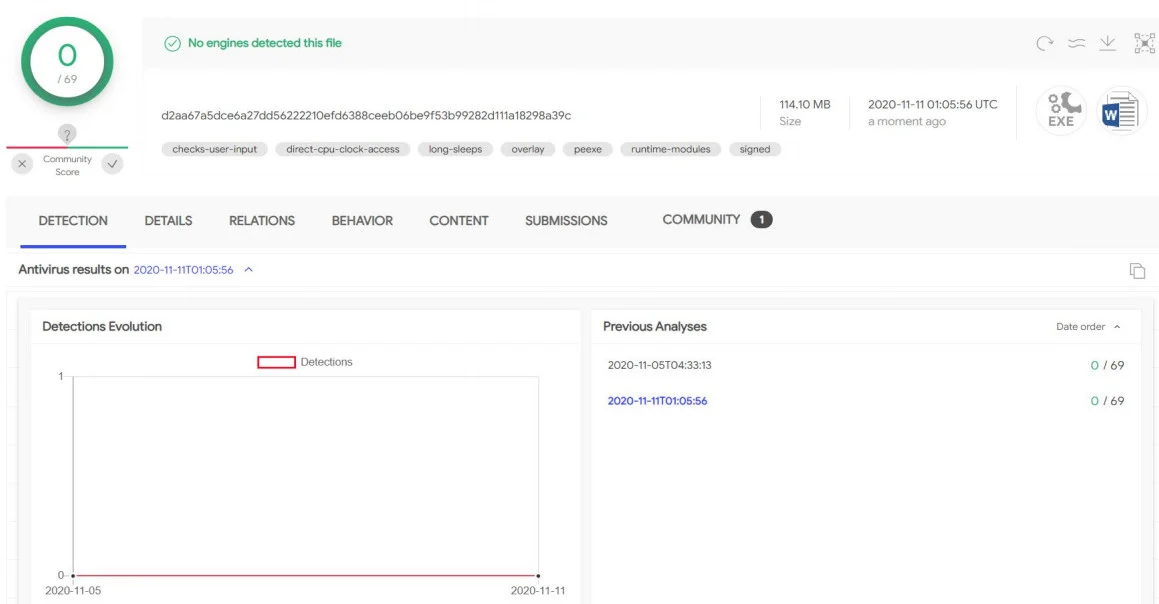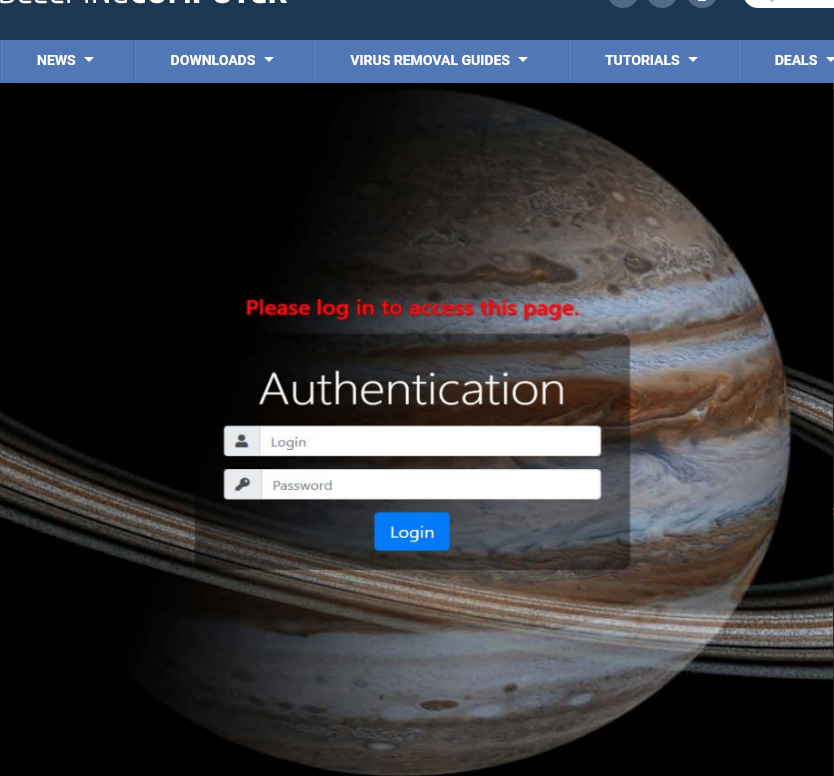The Russians hackerς χρησιμοποιούν ένα νέο malware to steal information from their victims. Called Jupyter, the threat has kept a low profile and benefited from a rapid development cycle.

While the purpose of Jupyter is to collect data from various software, malicious code that supports its delivery can also be used to create a backdoor on an infected system.
A variant of the malware appeared during an attack on an incident at a US university in October. However, forensic data show that older versions have been developed since May.
Researchers at cybersecurity company Morphisec have found that the attack kit developers were very active, with some receiving more than nine updates in just one month.
The latest version was created in early November, but does not include significant changes. Constant modification of the code, however, allows it to avoid detection and allows Jupyter to collect more data from compromised systems.
Jupyter is based on .NET and focuses on stealing data from Chromium, Mozilla Firefox and Google Chrome web browsers: cookies, credentials, certificates, autocomplete information.
The "thief" process begins with downloading an installer (Inno Setup executable) to a ZIP file that appears as legitimate software. According to Morphisec, some of them have not been fully detected on the VirusTotal scanning platform for the past six months.

“The client then downloads the next stage, a PowerShell command that runs the unit Jupyter .NET in memory,” explains Morphisec.
In a newer version of the installer, the developers changed the process to a PowerShell command to run in memory.
Installers run legitimate tools like Docx2Rtf and Magix Photo Manager to create a diversion, throwing in the background two PowerShell scripts, one encoded and the other decoded.
The latest versions of the original installer are also based on the PoshC2 framework which usespenetration test to see persistence on the machine by creating an LNK shortcut file and placing it in the startup folder.

The Morphisec publication reports technical details about the tools and scripts used in a Jupyter attack, tracking the evolution of the elements and revealing their internal function.
Russian links
Researchers say many of the C2 Jupyter servers were located in Russia. A large number of them are currently inactive.
The connection with Russian developers, however, seems to be valid, as Morphisec noticed a typo mentioning the name Jupyter, which was changed from Russian.

Further evidence to support this theory came after a reverse image search of Jupyter, which showed a result in a Russian forum.





